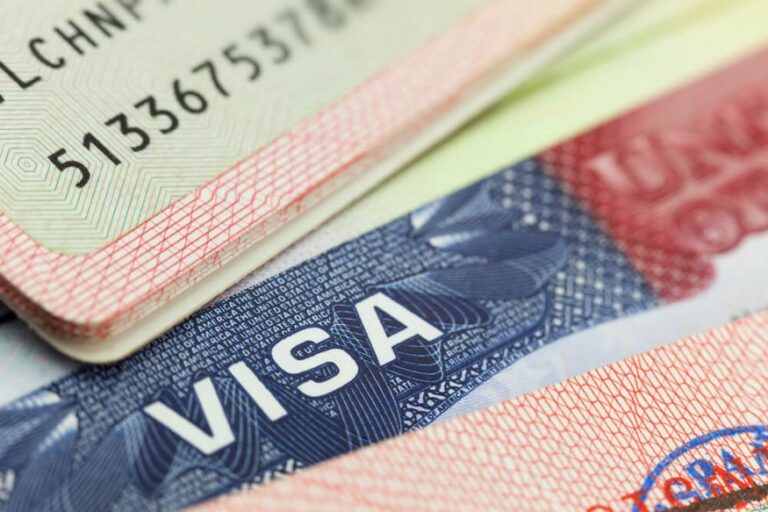If you’ve been hearing about the O-1 visa and are wondering if it’s the right fit for you, this guide will help clear things up. Designed for individuals with “extraordinary ability” in their field, the O-1 visa offers a pathway to work in the United States. But what exactly does “extraordinary ability” mean? And how do you prove it? Let’s break it down so you can feel confident about what lies ahead.
What is the O-1 Visa?
The O-1 visa is for people who have demonstrated exceptional talent or achievement in areas like arts, sciences, education, business, athletics, or the motion picture and television industry. Essentially, it’s for those who are recognized as leaders or top contributors in their field.
There are two main categories:
- O-1A – For those in fields such as science, education, business, or athletics.
- O-1B – Tailored for individuals in the arts or the motion picture and television industries.
Unlike many other work visas, the O-1 doesn’t require employer sponsorship through a traditional labor certification process, but it does demand substantial evidence of your accomplishments.
Who Qualifies for an O-1 Visa?
Let’s start with the core idea: you need to show extraordinary ability. This doesn’t just mean being good at your job; it means standing out in a way that’s widely recognized. Here’s a closer look at the criteria:
● Awards or Recognition – Have you received a major international award, like a Nobel Prize, or a nationally recognized accolade in your field? That’s a strong indicator.
● Published Work – Have you authored articles in respected journals, or have others written about you? Evidence of your influence and contributions is key.
● Membership in Esteemed Organizations – Are you part of groups that require exceptional achievement to join?
● Judging or Evaluating Others – Have you served as a judge or panelist in your field? This shows your expertise is valued.
● Significant Contributions – Have you made original contributions that are impactful in your industry or area of expertise?
● High Salary or Payment – Is your income well above the norm for your profession? This can show your skills are in demand.
● Media Coverage – Have you been featured in major media outlets for your work?
You don’t necessarily need to meet all these criteria, but the more evidence you can provide, the stronger your case will be.
What Documentation Do You Need?
Gathering the right documentation is critical for a successful application. Here’s what you’ll typically need:
● Letters of Recommendation – These should come from leaders in your industry who can vouch for your skills and achievements.
● Portfolio of Work – Include anything that demonstrates your expertise, such as articles, patents, or project summaries.
● Contracts or Job Offers – You’ll need to prove you have work lined up in the U.S. related to your field.
● Evidence of Public Recognition – Media articles, awards, or testimonials can help.
● Detailed CV or Resume – Make sure this highlights your most impressive achievements.
The application process can feel overwhelming, so it’s worth consulting with an immigration attorney to ensure everything is in order.
How Long Does the Process Take?
The O-1 visa process isn’t quick, so it’s important to plan ahead. Here’s a rough timeline:
- Petition Filing – First, your U.S. employer or agent files Form I-129 (Petition for Nonimmigrant Worker) with the United States Citizenship and Immigration Services (USCIS). This typically takes 2-3 months to process.
- Premium Processing (Optional) – If you’re in a hurry, you can opt for premium processing, which shortens the review time to 15 calendar days for an additional fee.
- Visa Application – Once the petition is approved, you’ll need to apply for your visa at a U.S. consulate or embassy. This step varies depending on your location, so be sure to check the requirements in your country.
What Are the Advantages of an O-1 Visa?
The O-1 visa has some clear benefits that set it apart from other visa options:
● No Cap on Numbers – Unlike the H-1B visa, the O-1 isn’t subject to an annual quota.
● Dual Intent – You can apply for a green card while on an O-1 visa without risking your current status.
● Spouse and Dependents – Your family can join you in the U.S. under the O-3 visa category.
● Renewable – Initially valid for three years, the O-1 visa can be extended in one-year increments as long as you continue to work on qualifying projects.
Common Challenges and How to Overcome Them
While the O-1 visa is appealing, it’s not without its challenges. The most common hurdle is proving your eligibility. The key to overcoming this? Be thorough. Gather as much evidence as possible and focus on quality over quantity. Highlight your most impressive achievements and ensure your documentation aligns with USCIS’s criteria.
It’s also essential to be clear and organized in your application. A well-structured petition with strong supporting materials can make a big difference.
Ready to Get Started?
If the O-1 visa seems like the right path for you, now is the time to start gathering your materials and planning your application. Remember, this isn’t just about checking boxes—it’s about showcasing your unique contributions and potential.
Whether you’re an artist shaping culture, a scientist driving innovation, or an entrepreneur changing the game, the O-1 visa can open doors to incredible opportunities in the U.S. Take the first step today and make your mark.
